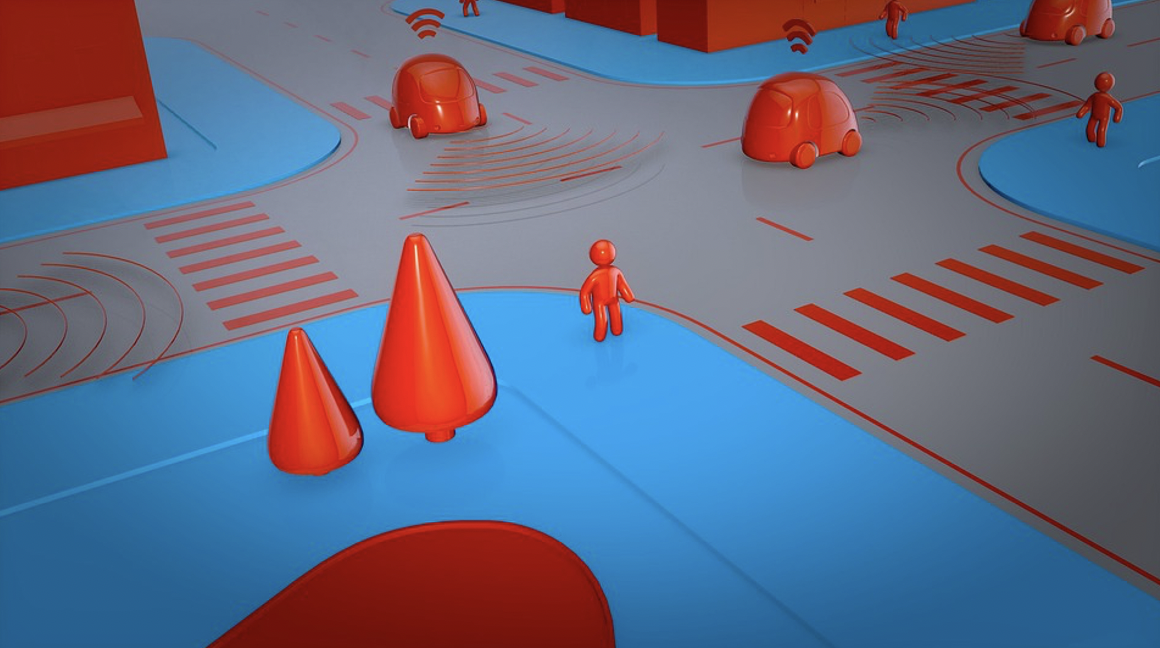
The high number of car accidents and the heart-breaking consequences that come with each car crash has put mankind on a quest for traffic safety solutions. And, while today’s cars are indeed safer than the ones we used to drive 20 or 30 years ago, we still have a daily number of around 90 lives lost every day in the US alone.
As more people get a license and drive a vehicle, the traffic becomes more crowded and more dangerous. Additionally, the infrastructure is barely keeping up with the number of vehicles, a fact that makes drivers feel frustrated and impatient (the perfect mixture for mistakes and inefficiency).
Moreover, most drivers nowadays use various tech devices while behind the wheel. And, while it’s true most of them use safety devices such as hands-free and voice commands, this also means a large percentage of drivers are distracted and are not actively engaged with their main task (driving the vehicle).
According to a specialist car accident attorney, distracted drivers cause more accidents than drunk drivers, and in many cases, modern technologies were the main reason for losing focus.
Considering that the human factor is the cause of most car crashes, it seems only normal that the solution should come from technology. After all, if we remove human drivers from the mix, the number of accidents should plummet.
However, there is a difference between what tech companies promise (and try to sell us) and reality.
Table of Contents
The Promise
Names like Tesla, Uber, and Google are notorious around the world for their respective activities in the field of technology. However, they are also involved (among others) in creating the best technology for self-driving vehicles.
According to these companies, self-driving vehicles will be able to increase traffic safety (some even suggest zero traffic incidents), make driving a lot more pleasant, and reduce pollution. Moreover, these companies even suggest that personal cars will be a thing of the past since drivers will be able to summon a vehicle, equipped according to their preferences, whenever they wish to do so.
Moreover, driving will be faster, there will be fewer traffic jams (if any) and our cities will be reclaimed by pedestrians, clean air, and green spaces.
The Reality
As you can see, the promise is mesmerizing and it draws us into a future utopia where no one remembers how it feels to be stuck in traffic and no one knows someone who was involved in a car accident.
Sadly, the current reality is far from what big tech companies want us to believe. And there’s no sign things will get better anytime soon.
Right now, self-driving vehicles use AI algorithms and advanced sensors to try and make sense of the world. As a result, most self-driving vehicles are able to correctly identify large-sized objects such as cars, infrastructure elements, and the likes. Moreover, they can read the signs and follow them to a tee.
Due to this level of technology, modern vehicles come equipped with lane departure warning systems, adaptive cruise control, blind-spot warning, and more. These features are indeed amazing, but they also lull drivers into a false sense of safety and control. This means that more drivers will be tempted to glance at their phone screen to read a notification when cruise control is on. Under normal circumstances, this wouldn’t be a problem, but it also means drivers start thinking it’s safe to be distracted behind the wheel, which may have disastrous results.
In Summary
Even though advanced, modern technology is not at the utopia level yet. We still have to deal with the human factor in traffic and it’s crucial that we train drivers to maintain an active and engaged demeanor while driving (without any type of distractions)!